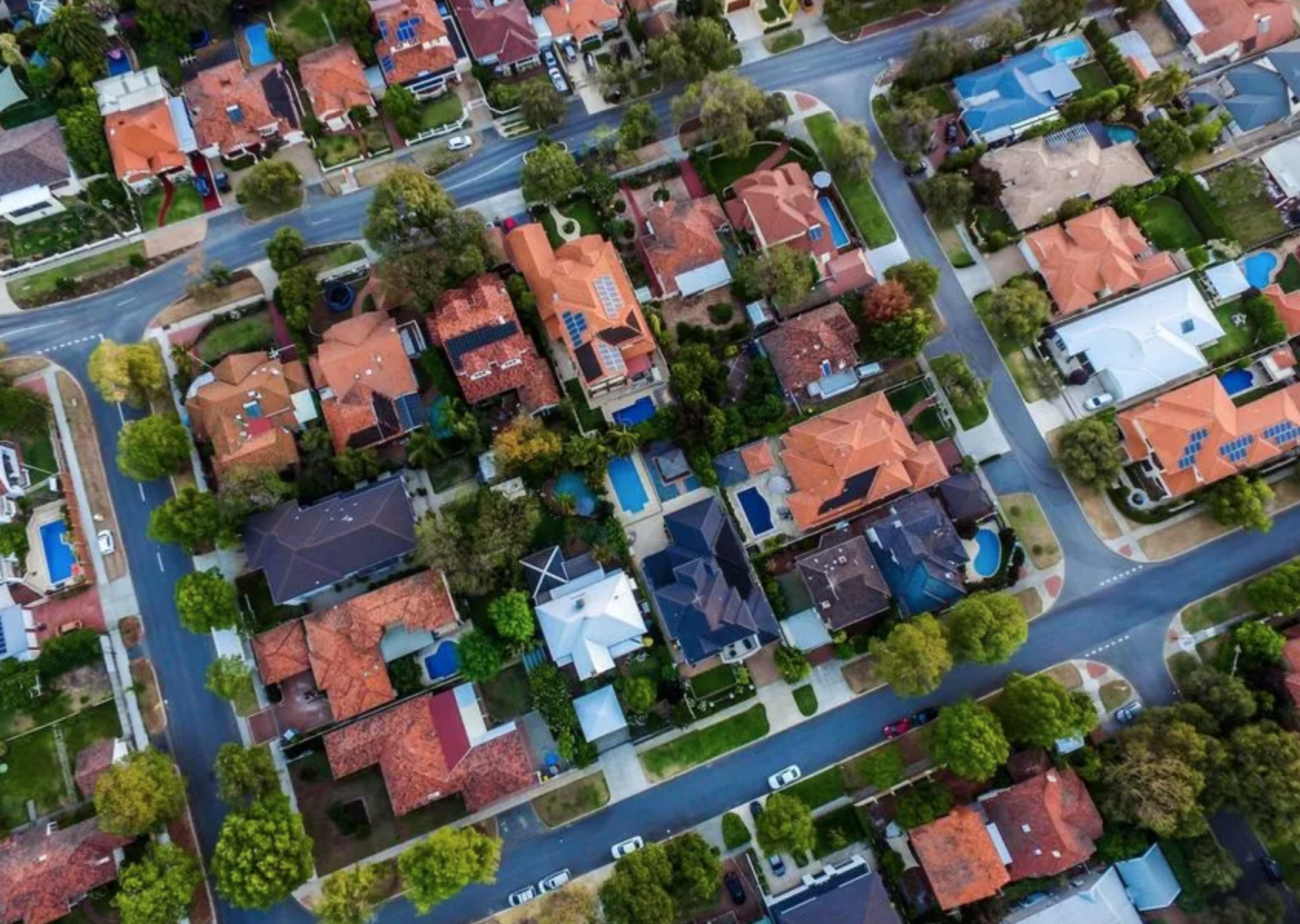Australian building approvals fell for a third straight month at the end of 2022, with Australian Bureau of Statistics (ABS) data revealing the number of houses and apartments planned in November were almost half the record achieved in March 2021 at the height of the pandemic.
The data release coincides with the latest Corelogic research which also shows home values falling nationally at a record-breaking pace in the past eight months due to rising interest rates, albeit from significant highs.
The ABS data reveals dwelling approvals fell 9 per cent seasonally adjusted in November, accelerating the 5.6 per cent drop recorded in October.
The total of 13,898 approvals compared with a high of 23,522 in March 2021 when buyers rushed the market to take advantage of the federal government’s HomeBuilder grant.
“The result was driven by private sector dwellings excluding houses, which decreased 22.7 per cent,” says Daniel Rossi, the ABS head of construction statistics.
This indicates the biggest pullback occurred in high-density developments such as apartment projects, with approvals for private sector houses falling by just 2.5 per cent in comparison.
“The November result is the third consecutive month of declines for total dwelling approvals, having fallen 21.7 per cent since August,” says Rossi.
The biggest falls were experienced in NSW, where approvals were down 18.4 per cent, followed by Western Australia (down 17.5 per cent), Victoria (down 12.7 per cent) and Queensland (down 5.6 per cent). Tasmania and South Australia both recorded gains with the former surging 75.7 per cent and the latter 10 per cent.
The latest housing approvals data have combined with the record fall in Corelogic’s Daily Home Value Index to paint a bleak picture for the residential sector nationally. The weight of interest rate increases and rising construction costs have been weighing on the market which remains broadly undersupplied as reflected in the national vacancy rate.
According to Domain, the national vacancy rate in November stood at a record low of 0.8 per cent, which was almost half the level a year earlier.
Master Builders Australia says the ABS figures reflect the economic pressures facing the construction industry, leading CEO Denita Wawn to describe the downward trend as ‘concerning’.
“It’s clear that we are facing significant challenges which need to be addressed head-on if we want to weather the storm and see a sustainable recovery,” Wawn says.
“There have been signs that detached-house building approvals had stabilised, but recent months indicate that they are moving downwards. Higher density home building approvals, which are particularly sensitive to interest rate movements, had shown momentum during 2021 but this is now on the way down.”
Meanwhile, the building approvals downturn has been matched by a record fall in residential property prices as the latest CoreLogic Daily Home Value Index fell a record 8.4 per cent on 7 January 2023 from its peak on 7 May last year.
According to the researcher, this beats the previous record of an 8.38 per cent fall between October 2017 and June 2019. However, the key difference is that the latest fall took just eight months, compared with 20 months previously, while further falls are expected this year.
“The main force behind record home value falls is the recent cycle of rate hikes that have risen at the fastest pace on record,” says Eliza Owen, CoreLogic’s head of residential research in Australia.
“A 300-basis-point increase in the underlying cash rate over just eight months has resulted in a rapid reduction in borrowing capacity, lowering the amount buyers can offer for homes.
“In addition to constrained borrowing capacity, higher interest costs may be dissuading potential buyers altogether.”
Owens says weaker demand for housing may reflect Australia’s ‘hangover’ from the frenetic pace of sales during the 2021 property boom which saw an estimated 619,531 properties change hands – the biggest volume of housing sales in more than 18 years.
CoreLogic reveals that the downturn is being led by the three largest capitals, with Sydney’s falls from peak to trough at 13 per cent, followed by Brisbane (10 per cent) and Melbourne (8.6 per cent).
Perth has been the standout with values only down 1 per cent from their August high.
“Over the coming months, housing market conditions are expected to remain soft,” says Owen.
“The underlying cash rate is likely to see further increases in 2023, with market expectations pricing a peak of around 4 per cent, while the median forecast from Australian economists is lower at 3.6 per cent.”
Owen says the erosion of borrowing capacity will ‘likely prolong the country’s housing downturn until interest rates stabilise’.
Source: Business News Australia












